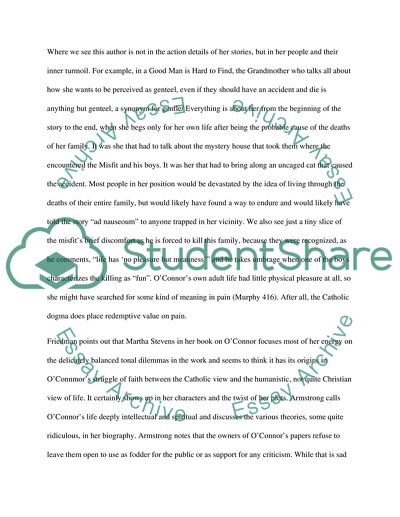Cite this document
(“Flannery OConnor Essay Example | Topics and Well Written Essays - 500 words”, n.d.)
Retrieved from https://studentshare.org/literature/1630139-flannery-oconnor
Retrieved from https://studentshare.org/literature/1630139-flannery-oconnor
(Flannery OConnor Essay Example | Topics and Well Written Essays - 500 Words)
https://studentshare.org/literature/1630139-flannery-oconnor.
https://studentshare.org/literature/1630139-flannery-oconnor.
“Flannery OConnor Essay Example | Topics and Well Written Essays - 500 Words”, n.d. https://studentshare.org/literature/1630139-flannery-oconnor.


